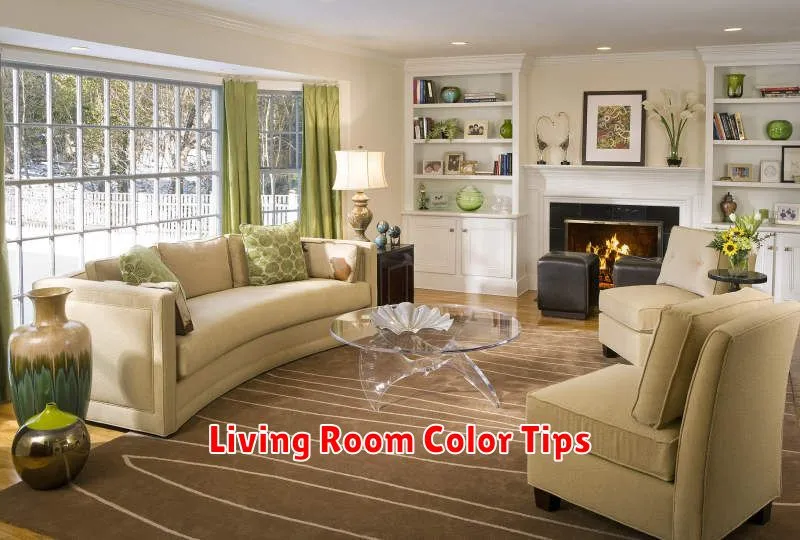Are you looking to revamp your living room with a modern and stylish color scheme? This article explores ten captivating living room color palettes designed to elevate your space. From classic neutral schemes to bold and vibrant color combinations, we’ll provide inspiration and practical advice to help you achieve the perfect modern living room aesthetic. Discover the transformative power of color and find the ideal palette to reflect your unique style and create a space you’ll love.
Neutral Tones with Bold Accents
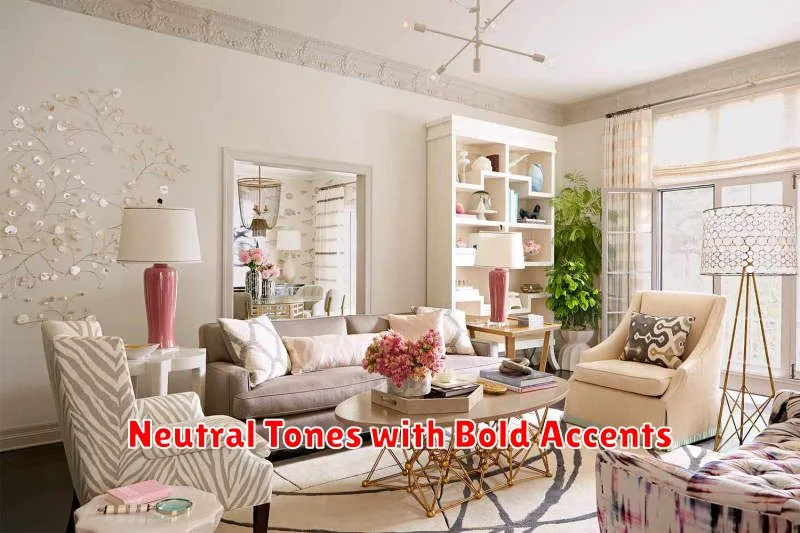
This design approach prioritizes a foundation of neutral colors, such as beige, gray, white, and black. These serve as a calming backdrop, allowing other design elements to truly stand out.
The strategic use of bold accents is key. Instead of employing many vibrant colors, the focus shifts to using one or two strong, saturated hues in a limited capacity. These accents might be found in smaller details such as throw pillows, artwork, or decorative objects.
This technique creates a visually harmonious and sophisticated aesthetic. The neutral base prevents the design from feeling overwhelming or chaotic, while the bold accents add visual interest and personality without detracting from the overall sense of calm. Consider incorporating textures such as velvet, linen, or wool to further enhance the richness of the palette.
Materials play a vital role. Natural materials like wood, stone, and rattan can complement the neutral tones and add warmth and texture. The careful selection of materials contributes significantly to the overall feeling of sophistication and understated elegance.
Ultimately, the success of this approach hinges on balance and restraint. Overusing bold accents can negate the calming effect of the neutral base. A well-executed neutral palette with bold accents creates a space that is both stylish and relaxing.
Monochromatic Color Palette
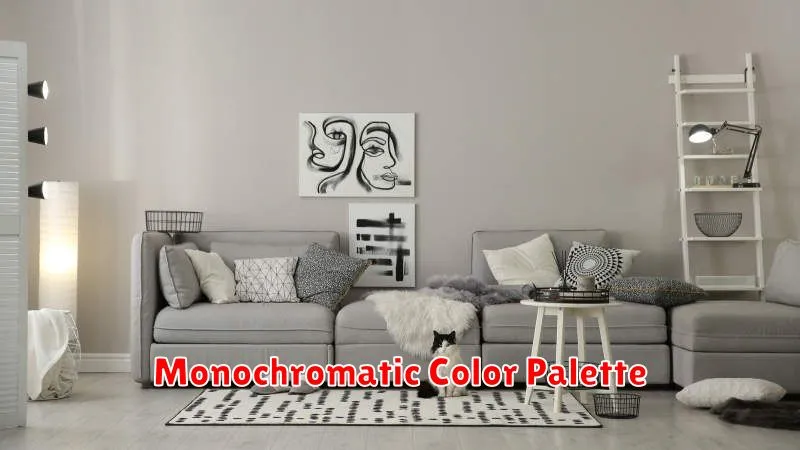
A monochromatic color palette utilizes various shades, tints, and tones of a single hue. This creates a visually cohesive and harmonious design, often perceived as sophisticated and elegant.
The key advantage of a monochromatic palette lies in its inherent unity. By sticking to one base color, designers can establish a strong sense of consistency and visual flow throughout their work. This makes it particularly suitable for projects requiring a calm or refined aesthetic.
However, the simplicity of a monochromatic scheme can also be a limitation. Overuse of a single hue, without careful consideration of contrast and texture, may result in a design that feels flat or monotonous. Careful manipulation of value (lightness and darkness) and saturation (intensity of color) is crucial to avoid this.
Shades are created by adding black to the base hue, resulting in darker variations. Tints are created by adding white, producing lighter, more delicate versions. And tones involve the addition of gray, resulting in muted, subtle hues.
Effective use of a monochromatic palette often involves employing a variety of textures and patterns to maintain visual interest. For instance, combining a dark shade with a light tint can create depth and contrast, preventing the design from becoming visually stagnant. This strategic interplay of elements ensures that the simplicity of the palette does not translate to a lack of visual stimulation.
In conclusion, while seemingly straightforward, mastering the monochromatic color palette requires a keen understanding of color theory and a nuanced approach to texture and contrast. When executed well, it provides a powerful tool for creating sophisticated and visually appealing designs.
Earthy Greens and Browns
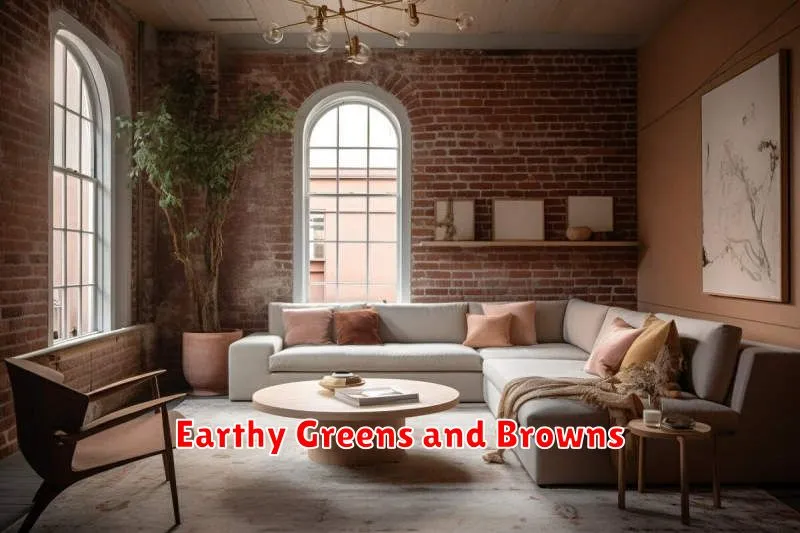
Earthy tones, encompassing a spectrum of greens and browns, are experiencing a surge in popularity within the design world. This resurgence is attributable to their inherent ability to evoke feelings of calm, stability, and connection to nature.
The palette’s versatility allows for seamless integration across various design disciplines. In interior design, earthy greens and browns create a soothing ambiance, often employed in living spaces to foster relaxation. Shades range from deep forest greens to muted sage, pairing beautifully with warm brown accents like oak or walnut.
Fashion similarly embraces these hues. Earthy-toned clothing projects a sense of understated elegance and sophistication. The natural tones lend themselves to both casual and formal wear, offering a welcome alternative to brighter, more vibrant colors. Texture plays a significant role, with fabrics like linen, wool, and cotton contributing to the overall aesthetic.
Beyond fashion and interiors, the palette finds its place in graphic design and branding. Earthy color schemes communicate trustworthiness and sustainability, proving particularly effective for brands focusing on natural products or environmentally conscious practices. The use of these colors often suggests authenticity and timelessness.
In conclusion, the enduring appeal of earthy greens and browns stems from their inherent ability to create a sense of tranquility and groundedness. Their versatility and adaptability across various design contexts solidify their position as a prominent and enduring trend.
Pastel Shades for Softness
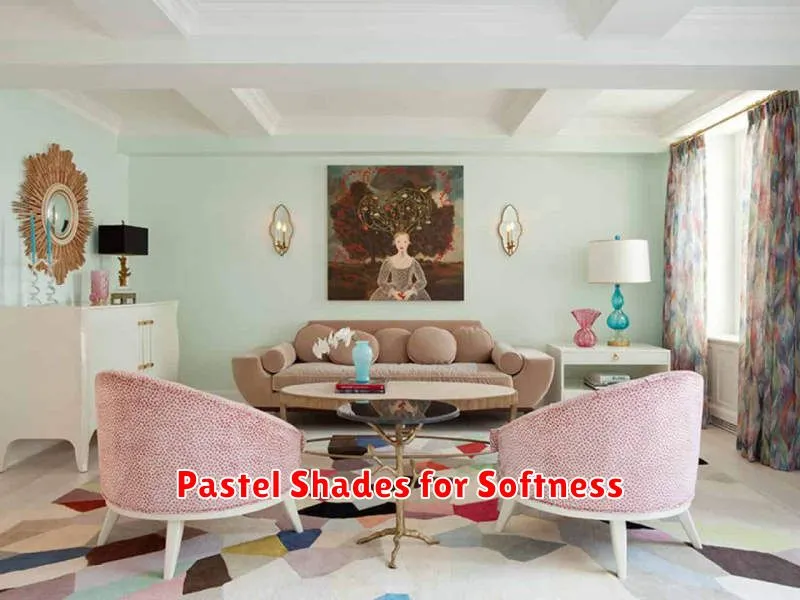
Pastel shades offer a unique aesthetic, characterized by their subtlety and softness. Unlike bold, vibrant colors, pastels evoke a sense of calm and tranquility. Their muted tones create a gentle, almost ethereal atmosphere, making them ideal for a wide range of applications.
The versatility of pastels is undeniable. They can be used to create both modern and traditional designs. In modern interiors, pastel shades provide a clean and minimalist feel, often paired with neutral tones for a balanced aesthetic. In more traditional settings, they add a touch of understated elegance and sophistication.
The psychological impact of pastels is noteworthy. Studies have shown that soft colors like pastels can have a calming effect, reducing stress and promoting relaxation. This makes them particularly suitable for spaces designed for rest and rejuvenation, such as bedrooms or spas.
When using pastels, consider the specific shade. Each pastel color carries its own unique connotation and can evoke different emotions. For instance, pale blues are often associated with peace and serenity, while soft pinks suggest gentleness and warmth. Careful selection of pastel shades is key to achieving the desired atmosphere.
Beyond interior design, pastels find their place in various creative fields. From fashion and graphic design to painting and illustration, pastels offer a unique palette for artists to express themselves. Their delicate nature lends itself to a range of artistic styles and techniques.
In conclusion, the appeal of pastel shades lies in their ability to create a sense of understated elegance and tranquility. Their versatility, psychological impact, and diverse applications make them a timeless and enduring choice for those seeking a soft and sophisticated aesthetic.
Dramatic Black and White
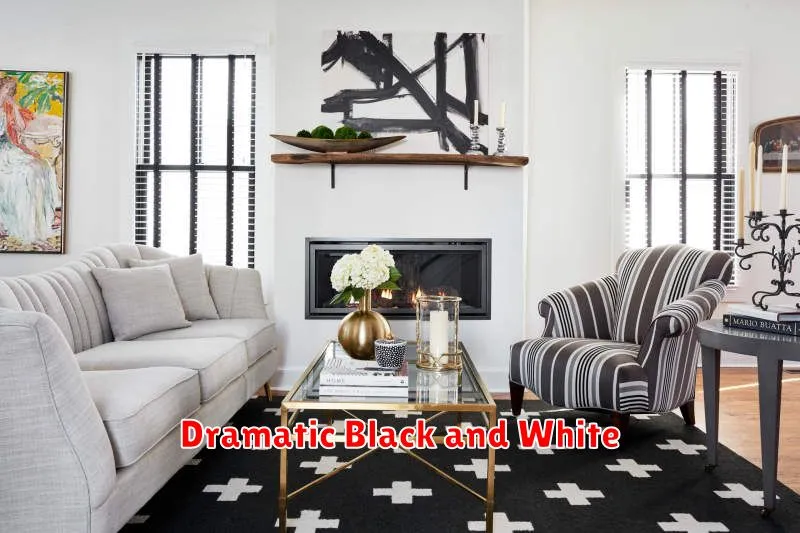
Black and white photography offers a unique aesthetic, stripping away the distraction of color to focus on light, shadow, texture, and form. This minimalist approach can create incredibly powerful and evocative images.
The absence of color forces the viewer to concentrate on the composition and contrast within the frame. A stark black and white image can convey a stronger emotional impact than a color photograph, often eliciting feelings of nostalgia, drama, or even mystery.
Mastering black and white photography requires a keen eye for detail. Photographers must learn to “see” in monochrome, anticipating how tones will translate without the aid of color. Understanding light and shadow becomes paramount, as these elements define the entire image.
Post-processing plays a significant role in achieving the desired dramatic effect. Techniques such as adjusting contrast, dodging and burning, and applying selective toning can dramatically alter the mood and atmosphere of the photograph.
Ultimately, the success of a black and white photograph lies in its ability to communicate a powerful message or emotion through its simplified palette. It’s a testament to the photographer’s skill in harnessing light, shadow, and composition to create a visually stunning and emotionally resonant image.
Warm Beige and Gold Accents
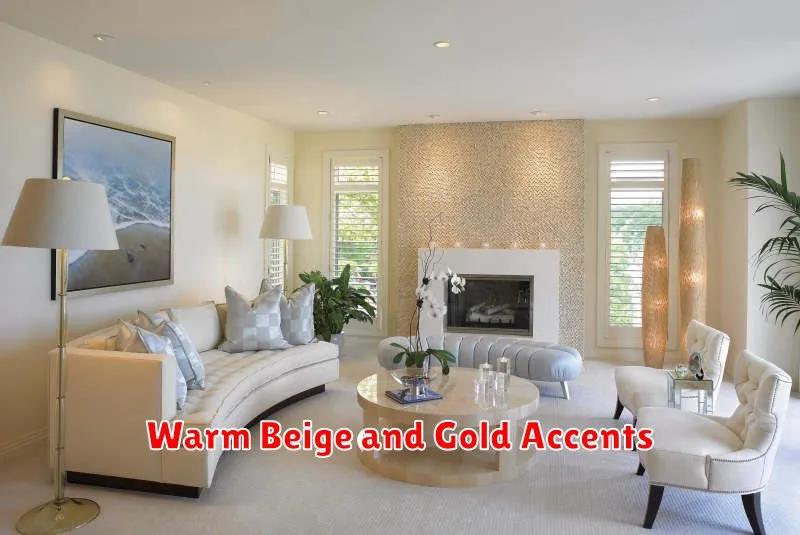
Creating a warm and inviting atmosphere in your home is easily achievable with a beige base and tasteful gold accents. This color palette exudes sophistication and tranquility, making it perfect for various rooms.
Beige, in its many shades from creamy off-white to a deeper taupe, provides a neutral backdrop that allows other elements to shine. It creates a sense of calm and spaciousness, perfect for smaller rooms or areas needing visual expansion. Consider using various textures of beige to add depth and visual interest; think a plush beige rug against a subtly textured beige wall.
The introduction of gold accents elevates the design. These accents can range from subtle, like gold-toned hardware on cabinets or light fixtures, to more prominent features, such as a gold framed mirror or decorative gold throw pillows. The warm metallic tones of gold beautifully complement the warmth of the beige, adding a touch of luxury and elegance without being overwhelming.
Consider the specific shade of beige you choose. A warmer, more yellow-toned beige will create a sunnier feel, while a cooler, greige-toned beige will provide a more sophisticated and modern ambiance. Similarly, the style of your gold accents can vary from antique to modern, reflecting your personal aesthetic.
Accessories play a crucial role in completing this look. Think about incorporating natural materials like wood and linen to complement the warmth of the color scheme. Introduce plants for a touch of life and vibrancy. The key is to maintain a balance, ensuring the gold accents don’t overpower the soothing base of beige.
Whether it’s a living room, bedroom, or even a bathroom, a warm beige and gold color scheme offers a versatile and timeless design solution that promotes relaxation and sophistication. With careful consideration of textures, materials, and the balance between the two colors, you can create a truly stunning space.
Blue Hues for a Relaxing Atmosphere
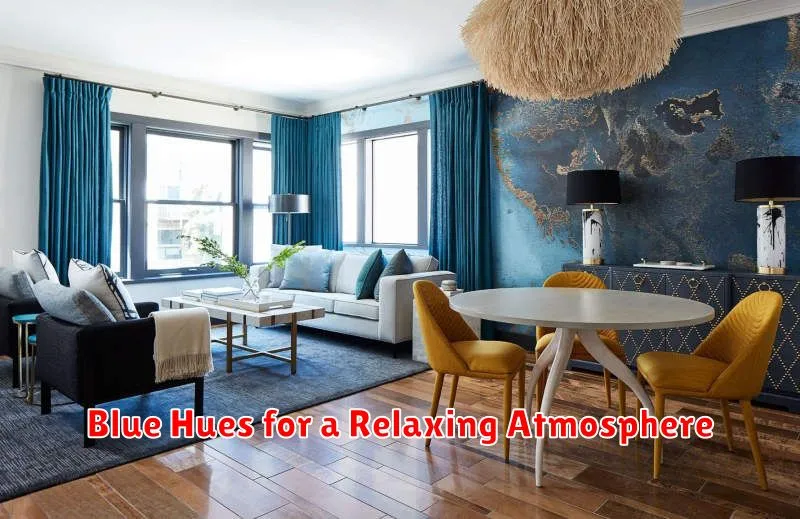
Blue is often associated with calmness, serenity, and tranquility. Its various shades, from the softest pastel to the deepest navy, can significantly impact the atmosphere of a space. Incorporating different hues of blue into your home décor can create a relaxing and inviting environment perfect for unwinding after a long day.
Light blues, such as sky blue or powder blue, evoke a sense of openness and airiness. These shades work particularly well in bedrooms and bathrooms, promoting a feeling of peace and rest. Consider using them on walls, bedding, or even bath towels for a consistently calming effect.
Medium blues, like periwinkle or cornflower blue, offer a balance between calmness and vibrancy. They add a touch of sophistication without being overwhelming. These shades are versatile and can be incorporated into various rooms, from living areas to dining spaces, to create a sophisticated yet comfortable ambiance.
Darker blues, such as navy or teal, create a sense of depth and luxury. They are ideal for accent walls or furniture pieces, adding a touch of drama and sophistication to a room. Pair them with metallic accents, such as gold or silver, for an elegant and refined look.
Remember to consider the lighting in your space when choosing your blue hues. Natural light will enhance lighter shades, while artificial light might deepen the appearance of darker blues. Experiment with different shades and intensities to find the perfect blue palette for your relaxing haven.
Beyond paint, textiles play a crucial role in establishing a calming atmosphere. Blue throws, cushions, and rugs can effortlessly add a touch of serenity to any room. Incorporate different textures, such as soft velvets or cozy knits, for added comfort and visual interest.
Ultimately, the best way to utilize blue in your home is to choose shades that resonate with you personally and create the specific mood you desire. Whether you prefer a soft, airy feel or a rich, luxurious atmosphere, blue offers a wide spectrum of possibilities to achieve a truly relaxing space.
Yellow and Grey Contrasts
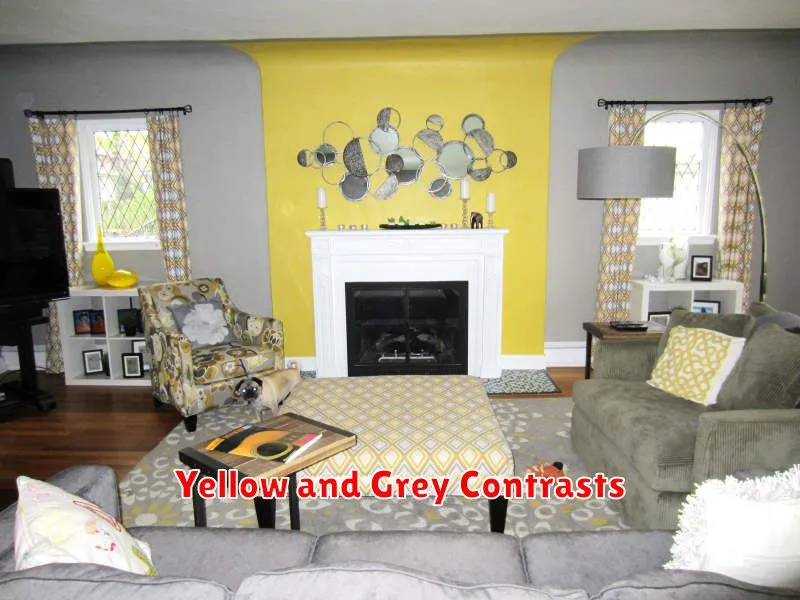
The combination of yellow and grey offers a surprisingly versatile and visually appealing contrast. It’s a pairing that can be both calming and energizing, depending on the specific shades and their application.
Grey, in its various shades from light dove grey to charcoal, provides a neutral backdrop that allows the vibrancy of yellow to truly shine. This makes it an excellent choice for creating a balanced and sophisticated aesthetic.
The contrast between the warm, optimistic energy of yellow and the cool, understated elegance of grey creates a dynamic tension. This interplay can be utilized to highlight specific elements in a design, drawing the eye to particular features or focal points.
Depending on the intensity of the yellow used, the overall mood can shift. A pale, buttery yellow paired with a light grey will create a feeling of airy lightness and serenity, perfect for a minimalist interior design. A bolder, mustard yellow combined with a darker grey will project a more vibrant and dramatic effect.
The versatility of this color combination extends to various applications, from interior design and fashion to graphic design and branding. Experimenting with different shades and textures of yellow and grey allows for a wide range of creative possibilities, offering a unique and impactful aesthetic.
Deep Jewel Tones for Luxury
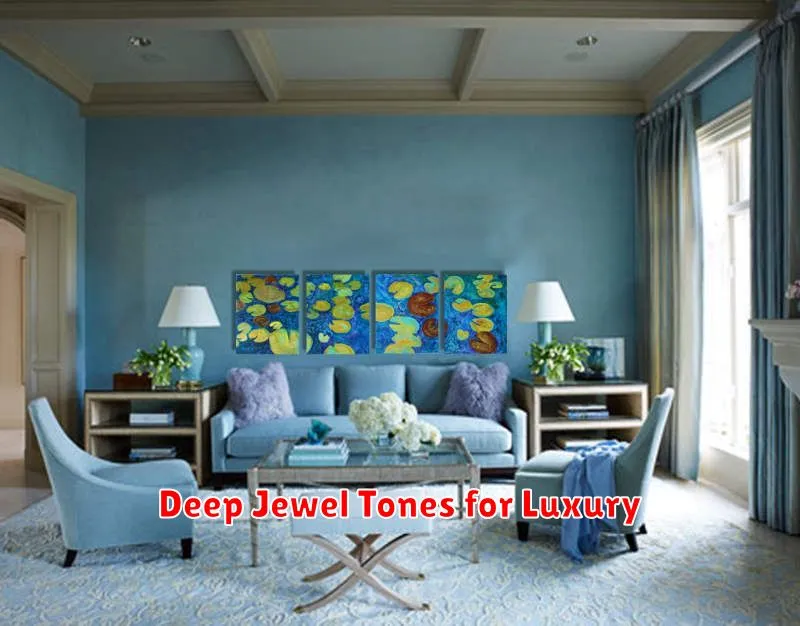
Deep jewel tones are experiencing a surge in popularity, adding a touch of opulence and sophistication to various design aspects. From interiors to fashion, these rich hues evoke a sense of luxury and timeless elegance.
The captivating allure of emerald green, the regal depth of sapphire blue, and the fiery intensity of ruby red are just a few examples of these captivating colors. These shades project an air of exclusivity and refined taste.
One of the key reasons for their enduring appeal is their versatility. Deep jewel tones can be incorporated into a wide range of styles, from classic and traditional to modern and minimalist. They seamlessly blend with both metallic accents and natural materials, creating a cohesive and visually stunning effect.
In interior design, these colors can create a truly luxurious atmosphere. Imagine a living room adorned with deep emerald velvet upholstery, complemented by sapphire blue accent pillows and gold-toned accessories. The result is a space that exudes comfort, richness, and sophistication.
In fashion, jewel tones add a touch of drama and intrigue to any outfit. A ruby red dress, a sapphire blue suit, or an emerald green skirt can instantly elevate your style and make a statement. These colors are particularly flattering on a variety of skin tones.
Ultimately, the enduring appeal of deep jewel tones lies in their ability to transform any space or outfit into something truly special. Their rich, saturated hues possess an innate ability to communicate opulence and refinement, making them a timeless choice for those who appreciate luxury and elegance.
Vibrant Colors for Eclectic Spaces
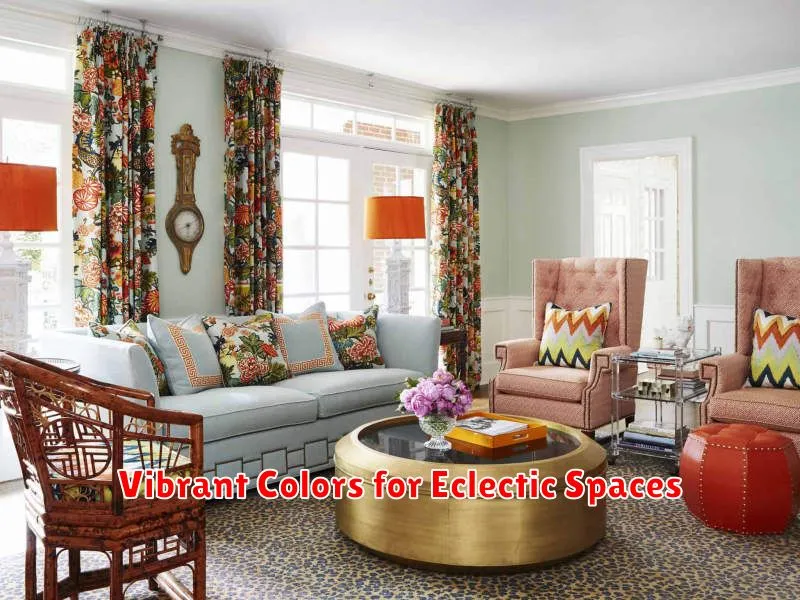
Eclectic design thrives on a collision of styles and influences, creating a space that’s both unique and personal. A key element in achieving this vibrant aesthetic is the strategic use of color. Instead of relying on a muted or uniform palette, embrace bold hues and unexpected combinations to truly capture the essence of eclecticism.
Jewel tones, such as emerald green, sapphire blue, and ruby red, lend themselves particularly well to eclectic interiors. These rich colors add depth and sophistication, while also providing a strong visual anchor for the diverse elements within the room. Consider using them on accent walls, upholstery, or decorative accessories to create focal points.
Don’t be afraid to incorporate contrasting colors. Pairing unexpected shades, like sunny yellow and deep teal, or fiery orange and muted grey, can produce a surprisingly harmonious and energetic result. The key is to find a common thread, perhaps a similar undertone or level of saturation, to tie the palette together.
Patterns are another vital component of eclectic design, and these can be enhanced by thoughtful color choices. A bold floral print in a variety of vibrant shades can act as a stunning centerpiece, while subtly patterned rugs or textiles can add layers of texture and visual interest. Remember to balance busy patterns with simpler, solid-colored elements to prevent the space from feeling overwhelming.
When selecting colors, consider the mood you want to create. Warmer tones like terracotta and ochre can evoke a sense of warmth and comfort, while cooler hues like blues and greens can create a calming and serene atmosphere. Ultimately, the best color palette for your eclectic space is one that reflects your personal style and creates a space that feels both lively and inviting.
Remember that balance is key. While eclectic design embraces variety, it’s essential to avoid chaos. A carefully curated color palette, along with strategic placement of vibrant hues, will ensure that your eclectic space feels cohesive and stylish, not cluttered or disjointed.

